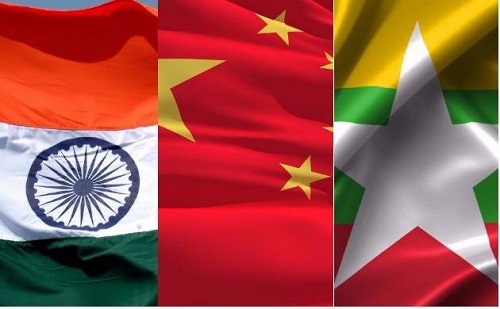
China is actively interacting with Myanmar’s military junta and equipping ethnic groups such as the Arakan Army, which further contributes to instability spilling over into Manipur. China’s increasing footprint in Myanmar is a major threat to India, especially in the vulnerable state of Manipur, intelligence agencies have cautioned.
The agencies informed CNN-News18 that an early and inclusive solution to the current turbulence in Manipur is important so that all the ethnic groups there feel safe and part of the country. India’s 1,693-kilometer-long border with Myanmar requires constant monitoring, particularly with China’s assertive behavior, they said.
China has placed high-tech radar equipment, such as the powerful Large Phased Array Radar (LPAR), strategically in Yunnan province on the border of Myanmar, thereby providing them with the shocking ability to track activity in the entire area.
“Beyond the military posturing, China is increasingly asserting its economic and political control over Myanmar, injecting volatility into the region. Chinese investments currently represent 26 per cent of Myanmar’s FDI, with bilateral trade crossing $2 billion. Contrarily, trade between India and Myanmar is significantly behind, hitting a paltry $1 billion.
China’s Belt and Road Initiative (BRI) is the cornerstone of its strategy, investing heavily in strategic infrastructure projects such as the Kyaukphyu deep-sea port, pipelines, and vast road networks across Myanmar. This not only strengthens China’s economic hold but also offers strategic access routes.
What is more worrying is the fact that China’s support extends beyond economic ventures. They actively engage with Myanmar’s military junta and arm ethnic armed groups like the Arakan Army, further fuelling instability that spills over into Manipur. This directly undermines India’s regional initiatives, such as the India-Myanmar-Thailand Trilateral Highway, which relies heavily on peace and stability in Manipur.
This multi-pronged approach is consistent with China’s “String of Pearls” strategy – a strategic attempt to surround India by building a ring of allied countries and strategic outposts. These steps give China access to alternative channels to the Indian Ocean, bypassing the vital Malacca Strait chokepoint, the sources added.



